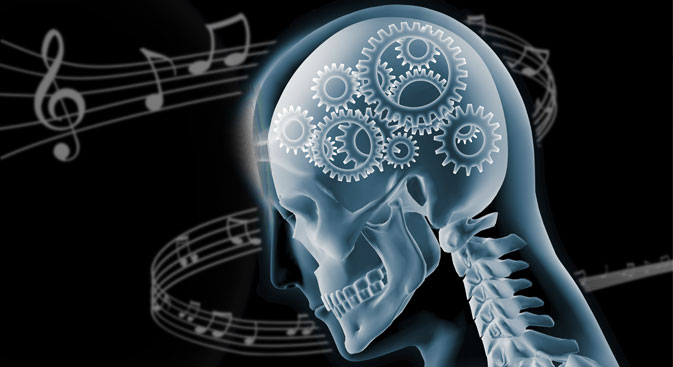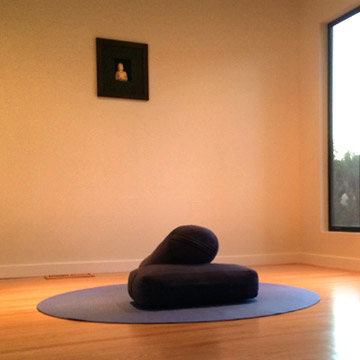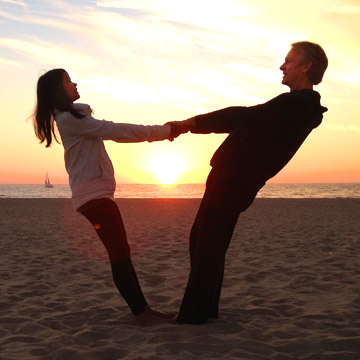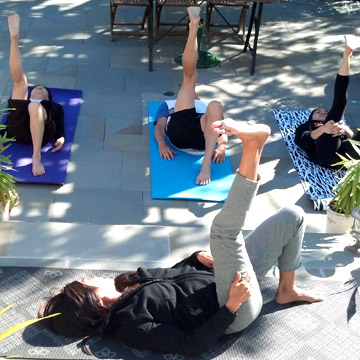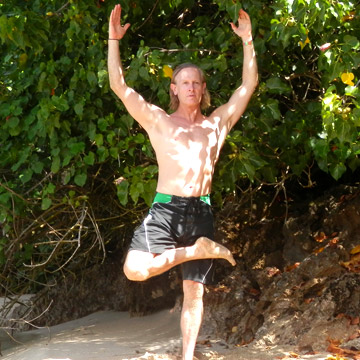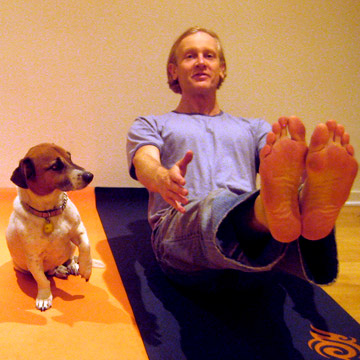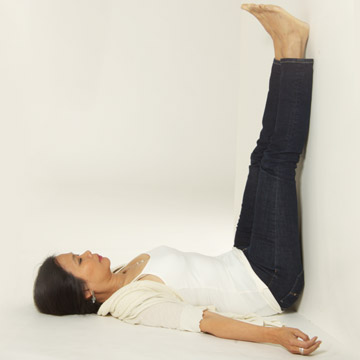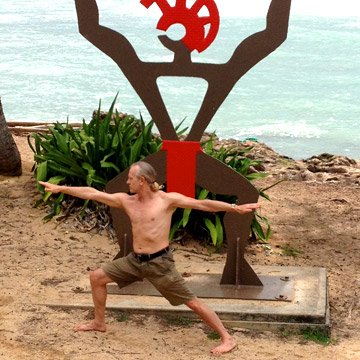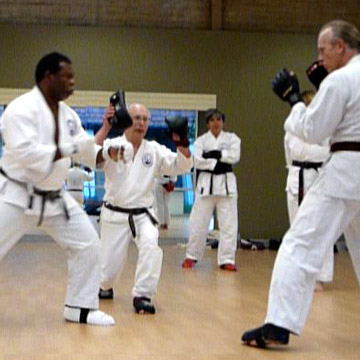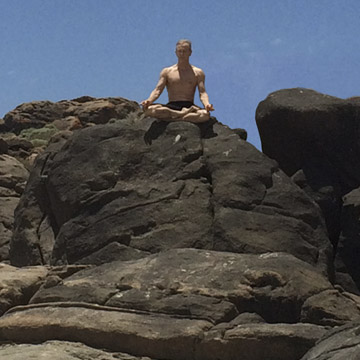Meditation as a Symphony - 4 Stages of Meditation
I invite you to listen. See if you can deeply attune your ability to listen to your body.
Tune into a felt sensation. This helps us move something that's very directional and back into how multi-dimensional we are. It gives us the ability to enter through the doorway of self-inquiry.
There's the Progressive path - which looks like we're doing things. And there's the Direct Path, which continually asks us to ask ourselves what is the origin of these movements. Where do they come from?
As we go through the practice can you enquire into the source from which we come.
Relax the body and relax the mind so we're more available for the enquiry.
The tendency for the mind to be outer-focused. It could be on a sound, a thought. Try to avoid a separating Outer from Inner, and just think of it all as movement in awareness.
Think of it as a symphony, and see if you can think of everything as a meditation - when we're walking, sitting, sleeping.
1st Movement
Acknowledge what the mind is focused on and set it free. We're not trying to change anything we're acknowledging thoughts and emotions as just something that's a natural function.
The mind's natural function is to think and sometimes to be quiet. The body's natural function is to evoke feelings and emotions, and sometimes not at all.
So, in the 1st movement of meditation we're noting what's present in our awareness and setting it free. We're watching the movement of attention. Watch how attention moves from object to object to object. But instead of putting the attention on the object can you place the emphasis back on attention itself.
2nd Movement of Meditation
Can we recognize ourselves as the Witness in all these movements, including the movement of attention. Imagine that you have taken a few steps up a step-ladder and you're observing yourself. Feel yourself as an energetic presence, more like a verb.
As you experience yourself as a witness, notice how you perhaps feel more open, directionless, a sense of welcoming.
3rd Movement
All out attention goes into the question what does Awareness fell like. It's very fragile. We can do it while we're moving, walking but it's easier to recognize when we're lying or sitting - when we're still. Eventually we want to fell it wherever we are.
Notice that Awareness has no quality - it's transparent - it's like the quality in this room. You can't see it but we can be it, because you are the one who is aware.
In this movement of meditation, feel yourself as open and vast. Our borders and boundaries melting. Note how are mind defends itself against feeling it's vastness.
At this stage some may feel anxious and fearful. If you start to feel anxiety, the mind can latch on and defend against this feeling. Get involved with it and try to get rid of it.
Or you may recognize that fear has arisen because you have arrived at the doorway to where the "I-thought" cannot go.
4th Movement
In this moment we see the "I-thought". We notice how it arises as a movement in itself. This sense of self is discontinuous. It comes and it goes. Set it free. Mediation is our own laboratory where we are studying ourselves.
But the "I-thought" is sneaky, it wants to be heard and insert itself. For example, when you're asleep there is no "I-ness". Notice how the I-thought lays claim by saying, "I just fell asleep". Well, that's actually true - the "I was asleep". But that's not who you are. There's a moment just before you awake, before the I-though inserts itself on the world. Can you linger in the sense of non-separateness - that essence of ourselves that we all come from. A sense of connectedness. So let go of the world.
By John & Mary Jo Johnson, (C-IAYT) and the teachings of Richard Miller PhD
